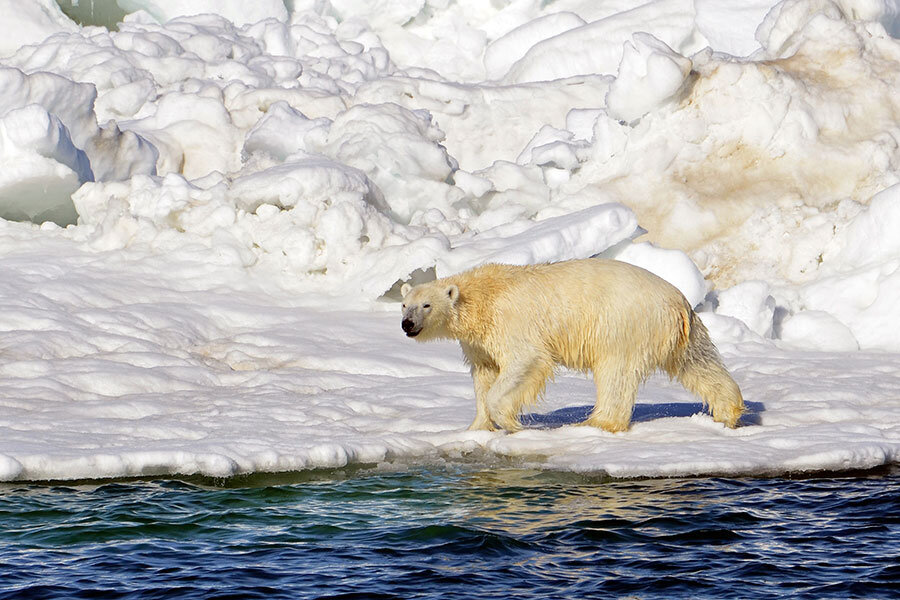The big melt: Sea ice hits record lows at both poles
Loading...
Sea ice levels in both the Arctic and the Antarctic have hit record lows, NASA climate scientists report.
The northern record, while bleak, isn’t all that surprising – Arctic sea ice has been on a consistent decline for years. But until recently, Antarctic sea ice was actually expanding. Climate change skeptics have often pointed to ice gain in the Southern Hemisphere, which hit record highs between 2012 and 2014, but now that trend appears to be reversing.
“[It] certainly puts the kibosh on everyone saying that Antarctica's ice is just going up and up,” Walt Meier, a research scientist with the Cryospheric Sciences Laboratory at NASA's Goddard Space Flight Center, told CNN.
Scientists previously attributed Antarctic ice gains to natural fluctuation in the atmosphere. Simply put, weather at the poles can be erratic – that’s why researchers are hesitant to say that recent southern ice loss is reflective of a trend. But while it’s too early to say for sure, new lows could indicate a longer pattern of melting in the region.
The timing of northern lows has also concerned researchers. It is currently “polar night” in the Arctic, which means much of the region receives no sunlight at all. During October and November, ice over the Arctic Ocean thickens and grows as a result of sub-zero temperatures. But these months have been unusually hot this year, preventing much of that freeze.
That could cause significant meteorological changes down the line, even outside the region. Shifting Arctic climates can affect the polar vortex, which spills cold air into North America, Europe, and Asia. Consequently, any change in the polar vortex could change the frequency and intensity of winter storms on those continents.
Climate scientists have warned about polar ice melt for decades. It now looks likely that 2016 will be the hottest year on record, and the effects of that warming are perhaps the most apparent in the North Pole.
In October, researchers at NASA noticed a new warming trend in the extreme north. Weston Williams reported for The Christian Science Monitor reported:
Not only is seasonal ice melting into the ocean, but the older ice that has remained constantly frozen, sometimes for decades, is also showing signs of significant thinning. The oldest ice in the Arctic has traditionally served as a line of defense against warming, protecting the northern ice cap's integrity through normal seasonal changes. But as the ocean continues to warm, so does the polar cap, leaving the future of the Arctic ice uncertain.
In May, Arctic ice melt was several weeks ahead of where it had been in previous years, according to the National Snow and Ice Data Center. That record low wasn’t set by a small margin, either – there was a discrepancy of more than 500,000 square kilometers of ice, compared to the previous record low in 2004.








